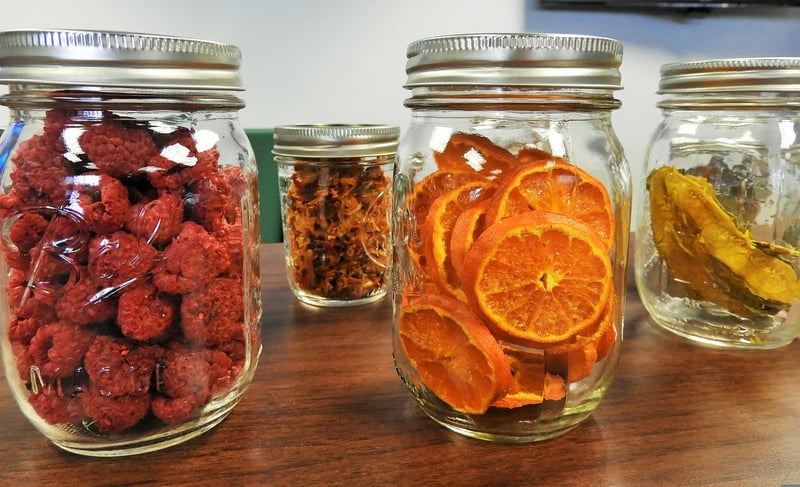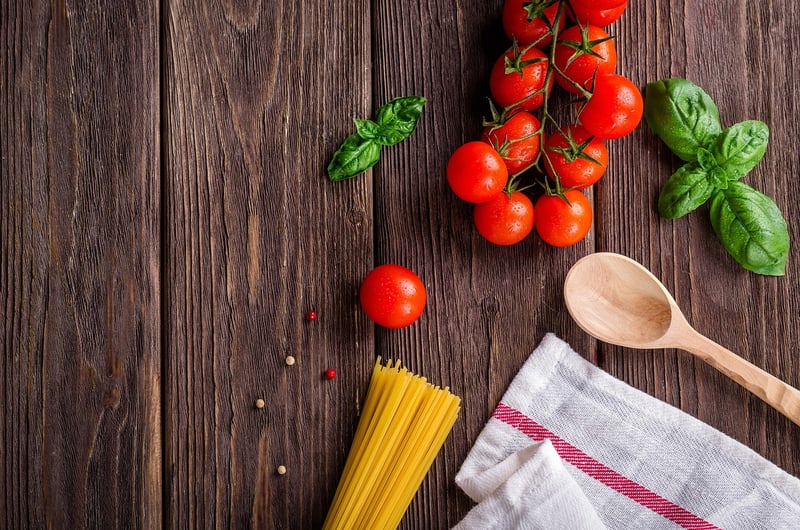Drying
Optimal Harvest Practices and Drying Techniques
In agriculture, the process of harvesting crops efficiently and drying them properly plays a crucial role in maintaining the quality and value of the produce. Optimal harvest practices combined with effective drying methods are essential for ensuring a successful harvest. Let's explore some key strategies for achieving the best results.
Optimal Harvest Practices
Harvesting crops at the right time is essential to ensure maximum yield and quality. Here are some key practices to consider:
- Timing: Harvest crops when they are at their peak ripeness to maximize flavor and nutritional content.
- Equipment: Use appropriate tools and machinery to avoid damage to the crops during harvesting.
- Weather Conditions: Consider weather forecasts to plan the harvest during optimal weather conditions.
- Technique: Train farmworkers on proper harvesting techniques to minimize losses and ensure efficiency.
Drying Techniques
After harvesting, proper drying techniques are crucial to prevent spoilage and maintain the quality of the crops. Here are some effective drying methods:
- Sun Drying: A traditional method involving spreading crops under the sun to remove moisture naturally.
- Dehydrators: Use mechanical dehydrators to control temperature and airflow for efficient drying.
- Oven Drying: Suitable for small quantities, oven drying can be done at a low temperature to preserve nutrients.
- Freeze Drying: Ideal for preserving the color and flavor of fruits and vegetables by freezing and dehydrating them.
By implementing optimal harvest practices and utilizing appropriate drying techniques, farmers can ensure a bountiful harvest with high-quality produce that commands a premium in the market.




